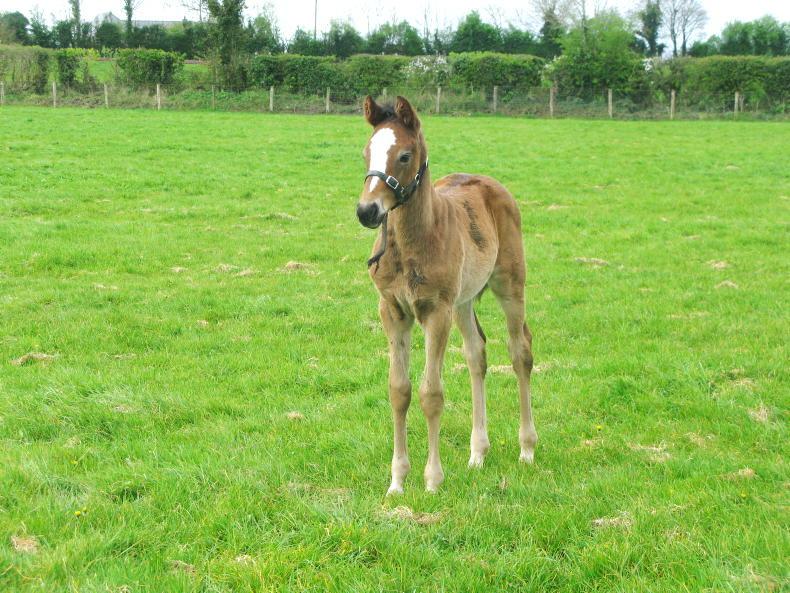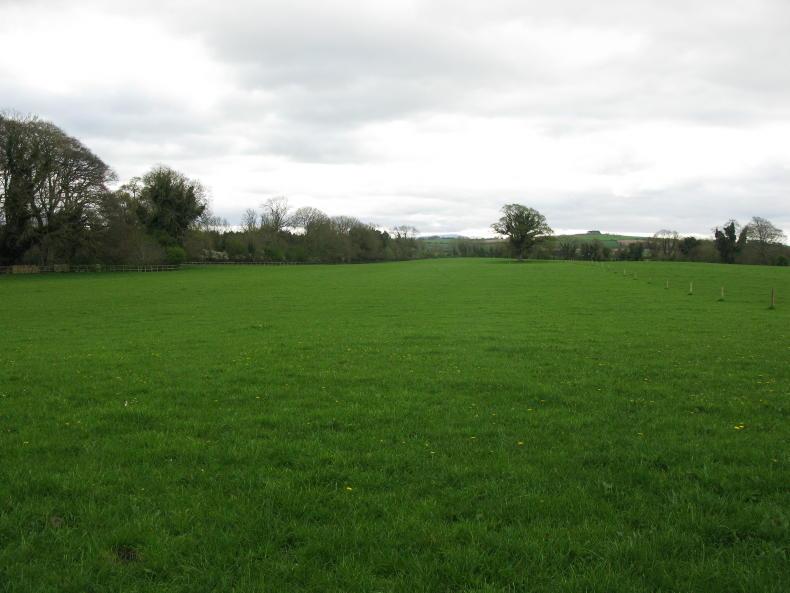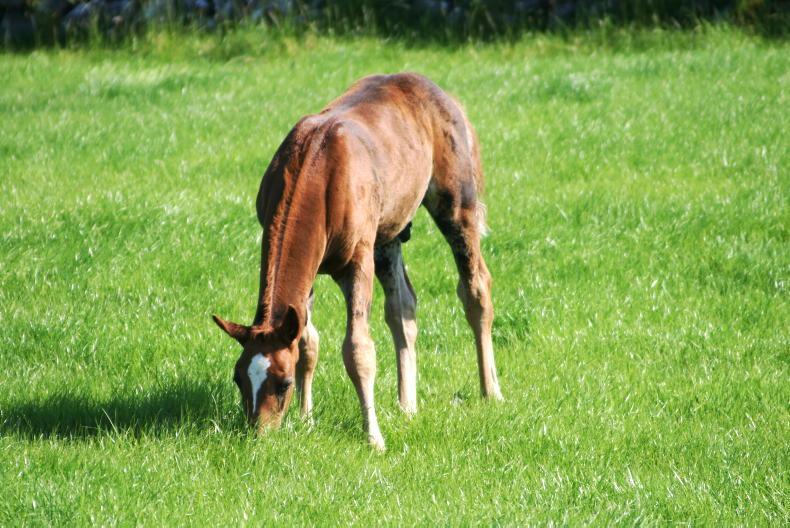GRASSLAND measurement provides farmers with valuable information to improve grassland management. Information around dry matter yield (i.e. the quantity of material in a field or paddock in dry weight) allows farmers to quantify the amount of grass available for grazing, or the likely yield of hay or haylage.

Yield can be measured in a number of ways. Using a rising platemeter will provide information on the height of the grass and this can be converted to yield. Using a quadrate and shears, the quantity of grass in a defined area can be measured and this can be converted to grass yield per hectare. Farmers who are experienced in grassland measurement often visually assess the yield by walking through their paddocks, and occasionally calibrating themselves using a quadrate and shears. Weekly quantification of yield in each paddock or field will allow farm cover to be estimated.
A special online application developed by Teagasc is PastureBase Ireland (www.PastureBase.ie) and it allows farmers to store the information from their farm cover details and the tools incorporated in the application allow farmers to budget feed on their farm through identifying surpluses and deficits in grass supply for grazing, as well as allowing farmers to asses their fodder budget.
Other information that can be added to PastureBase Ireland includes the quantity of fertiliser spread, when hay/silage/haylage was harvested and the yield, and when a field/paddock was grazed. Information on when paddocks/fields were reseeded and the seed mix can also be added to PastureBase Ireland.

Yield analysis through your smart phone?
A new area of work, funded through the Science Foundation of Ireland and the Department of Agriculture, Food and the Marine VistaMilk Research Centre, is examining the role of image analysis to predict grass yield.
This involves training a predictive model by taking a photo of an area of a field and providing the model with information on the yield and the content of grass, weeds, clover and other plants. Through machine learning techniques (that is computer modelling), the predictions are developed.
The initial research results are showing great promise, predicting grass yield with 95% accuracy. The project is being expanded to include more grassland types across the full year.
In time, we hope this research will allow farmers to take a photo of their field or paddock on their smart phone through an app and get back information on the yield and plant types, and indeed quality.


 This is a subscriber-only article
This is a subscriber-only article
 It looks like you're browsing in private mode
It looks like you're browsing in private mode











SHARING OPTIONS: